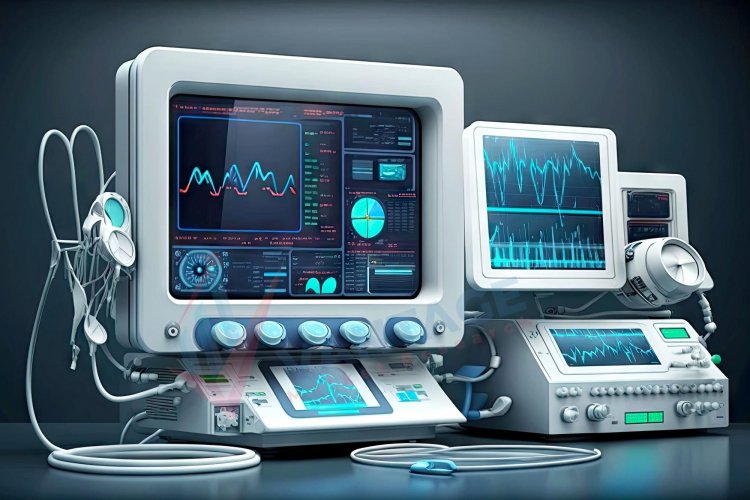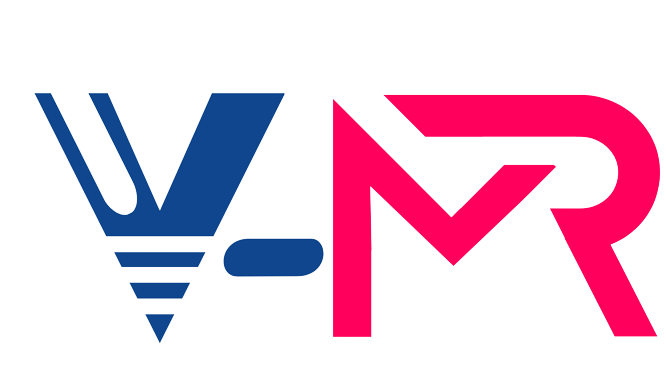Global Healthcare Simulators Market Size to Reach $7.5 Billion at a CAGR of 20% by 2030
Vantage Market Research expects the Healthcare Simulation Market to reach USD 7.5 Billion by 2030, exhibiting a growth rate (CAGR) of 20% during 2023-2030.

The Global Healthcare Simulators Market size reached USD 2.15 Billion in 2022. Vantage Market Research expects the market to reach USD 7.5 Billion by 2030, exhibiting a growth rate (CAGR) of 20% during 2023-2030.
Revolutionizing Healthcare: Exploring the Growing Healthcare Simulators Market
The healthcare sector has witnessed remarkable technological and innovative breakthroughs in recent years. Healthcare Simulation is one such innovation that has become very popular. Healthcare Simulation provides a secure and immersive environment for medical professionals to develop their abilities, improve patient outcomes, and revolutionize healthcare education. It utilizes virtual and augmented reality, artificial intelligence, and other cutting-edge technology. In this blog article, we'll examine the booming Healthcare Simulation market, its main forces at work, its difficulties, and its profound implications for the field's future.
Request Sample Report of Healthcare Simulators Market @ https://www.vantagemarketresearch.com/healthcare-simulators-market-2193/request-sample
Top Companies in Global Healthcare Simulators Market
- 3D Systems (U.S.)
- CAE (Canada)
- Cardionics Inc. (U.S.)
- Gaumard Scientific Company (U.S.)
- Kyoto Kagaku (Japan)
- Laerdal Medical (Norway)
- Limbs & Things (UK)
- Medaphor (UK)
- Mentice AB (Sweden)
- Operative Experience Inc. (U.S.)
The Growing Demand for Healthcare Simulators
The global market for Healthcare Simulation has grown remarkably and is predicted to do so quickly going forward. One of the main factors driving the use of Healt hcare Simulation is the increased demand for patient safety, affordable training options, and technology integration in healthcare.
Simulation training enables healthcare professionals to hone their abilities in a secure setting, from medical students to seasoned practitioners. It allows them to practice complex operations, emergency reactions, and crucial judgment calls, lowering the risk to actual patients and enhancing patient safety overall.
Traditional training techniques can come with high costs, scarce resource availability, and inherent dangers. By eliminating the need for expensive equipment, saving waste, and enabling students to practice scenarios until they are proficient in the relevant abilities, Healthcare Simulation offers a practical and affordable option.
Healthcare Simulations are far more realistic and practical thanks to quick technological advances like virtual and augmented reality, haptic feedback systems, and high-fidelity manikins. These developments allow students to practice realistic patient interactions, surgical techniques, and clinical settings, enhancing training results.
Critical Applications of Healthcare Simulators
Healthcare Simulation finds applications across various domains, from medical education and training to patient care and research. Some key areas where Healthcare Simulation is making a significant impact include:
- Medical Education and Training: Simulation-based learning is revolutionizing medical education by giving students hands-on experience in a controlled environment. Before joining actual healthcare settings, it enables individuals to build clinical skills, practice teamwork and communication, and gain confidence.
- Surgical Training: Before performing procedures on actual patients, surgical trainees can hone their technical skills using simulators. For instance, virtual reality surgical simulations provide a realistic operating room where doctors can practice complex procedures and hone their dexterity and accuracy.
- Patient Care and Treatment: Medical practitioners can strengthen their diagnostic skills through Healthcare Simulation, which also helps them manage patients better and hone their decision-making techniques. Additionally, it allows students to practice empathy and patient communication, improving patient outcomes and the standard of care.
- Research and Development: To evaluate the efficacy of novel medications, treatments, and medical equipment in a controlled setting, scientists and researchers rely heavily on simulation. Additionally, simulation models make it possible to investigate healthcare systems, disease outbreaks, and public health initiatives.
Buy Now Our Healthcare Simulators Industry Report @ https://www.vantagemarketresearch.com/buy-now/healthcare-simulators-market-2193/0
Challenges and Future Opportunities
Despite the enormous promise of Healthcare Simulation, a variety of challenges remain that must be resolved for it to be widely used and effective. Setting up Healthcare Simulation centers can need a substantial upfront expenditure. Financial difficulties may arise with accessing cutting-edge technology, realistic manikins, and simulation software, particularly for smaller healthcare organizations. Simulator-based training must be carefully planned and implemented into the current healthcare curriculum, which calls for cooperation between academic institutions, accreditation organizations, and educators. It is crucial to ensure standardization and conformity with competency-based education paradigms. Collaboration between specialists from many fields, such as clinicians, educators, technologists, and business leaders, is necessary for effective Healthcare Simulation. The formation of multidisciplinary teams and Success depend on promoting a culture of simulation-based learning.
Despite these difficulties, there are several potentials in the future for Healthcare Simulation. Artificial intelligence and machine learning advancements may make it possible to create customized simulations suited to each learner’s needs. Systems for adaptive learning can evaluate performance data, pinpoint problem areas, and deliver focused training interventions. Distributed and remote simulation: Following the COVID-19 pandemic, telehealth and remote learning have grown substantially. These technologies can be used by Healthcare Simulation to provide remote, dispersed learning opportunities, making training programs accessible from anywhere. The incorporation of virtual reality and augmented reality into Healthcare Simulations provide immersive and realistic training experiences. These technologies have enormous potential for anything from simulated surgical operations to virtual patient consultations.
Conclusion
As healthcare organizations become more aware of the revolutionary effects of simulation on medical education, patient safety, and research, the market for this technology is expected to rise significantly. Healthcare Simulation enables healthcare personnel to gain crucial skills, improve patient care, and spur innovation in the industry by offering a safe, realistic, and immersive environment. To maintain the widespread use and efficacy of Healthcare Simulation, it is crucial to address issues and capture new opportunities as the industry continues to change. The use of simulation as a driver of progress in healthcare makes the future appear more promising.
Read Our Latest Press Release: E-clinical Solution Software Market - In-depth Analysis
Contact us
Eric Kunz
6218 Georgia Avenue NW Ste 1 - 564
Washington DC 20011-5125
United States Tel: +1 202 380 9727
Email: [email protected]
Website: Vantage Market Research


















